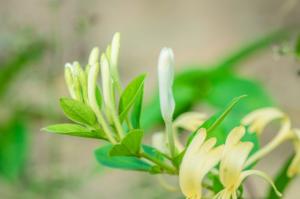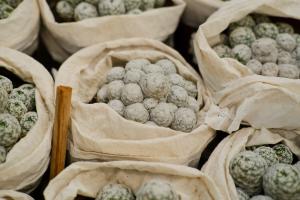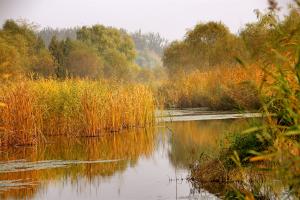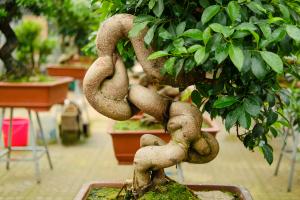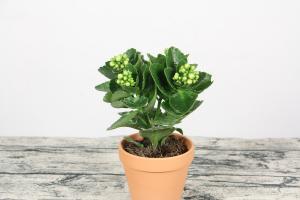1、 Curing method
1. Temperature: ribbon grass likes to be warm. Specifically, the most suitable range is between 15 and 25 degrees. In summer, it doesn't like the hot and muggy environment, so the ventilation conditions in summer must be better. In winter, although it has a certain cold resistance, the temperature cannot be too low

2. Illumination: it has certain requirements for sunshine, but it also has certain negative resistance. However, in the flowering period, you can't put it in a very dark place, otherwise the flowering will be hindered. Generally speaking, it can always be placed where there is astigmatism. In case of strong light in summer, it needs to be covered

3. Watering: ribbon grass is afraid of waterlogging and has certain drought tolerance. Therefore, the principle of watering is "better dry than wet", but don't do it for a long time. In summer, considering that there will be more evaporation, it can be watered a little more

4. Fertilization: ribbon grass needs more fertilizer. When it grows vigorously, it needs to be fertilized regularly. Generally speaking, foliar fertilization is adopted, once every ten days

2、 Breeding skills
1. Reproduction: natural sowing can be adopted, but it will take a long time from sowing to growing real leaves. The specific steps are: collect the fruit, and then take out the seeds. Then sprinkle it on the substrate. During this period, don't let them get caught in the rain. It will take about three months before real leaves can grow. Providing a good environment will affect the germination rate

2. Pruning and weeding: first, when dry and yellowing leaves are found, they should be cut off. Moreover, it is the pruning of flowers, mainly after flowers. In addition, when weeds appear in the field, they also need to be cut off

3、 Problem diagnosis and treatment
1. Disease: the common species are "rust", which not only damages the leaves, but also affects the overall growth. Zinc can be used to prevent and control. There is also "white silk disease", which is common in plum rain season. Lime can be used to disinfect the soil

2. Insect pest: "scale insect" is the most common kind of insect pest. They can also spread other diseases and can be sprayed with Omethoate

4、 Other issues
1. Toxicity: ribbon grass is non-toxic and harmless

2. Whether it can be raised at home: Yes, its ornamental property is good, but its main function is as medicinal materials< a>


 how many times do yo...
how many times do yo... how many planted tre...
how many planted tre... how many pine trees ...
how many pine trees ... how many pecan trees...
how many pecan trees... how many plants comp...
how many plants comp... how many plants can ...
how many plants can ... how many plants and ...
how many plants and ... how many pepper plan...
how many pepper plan...